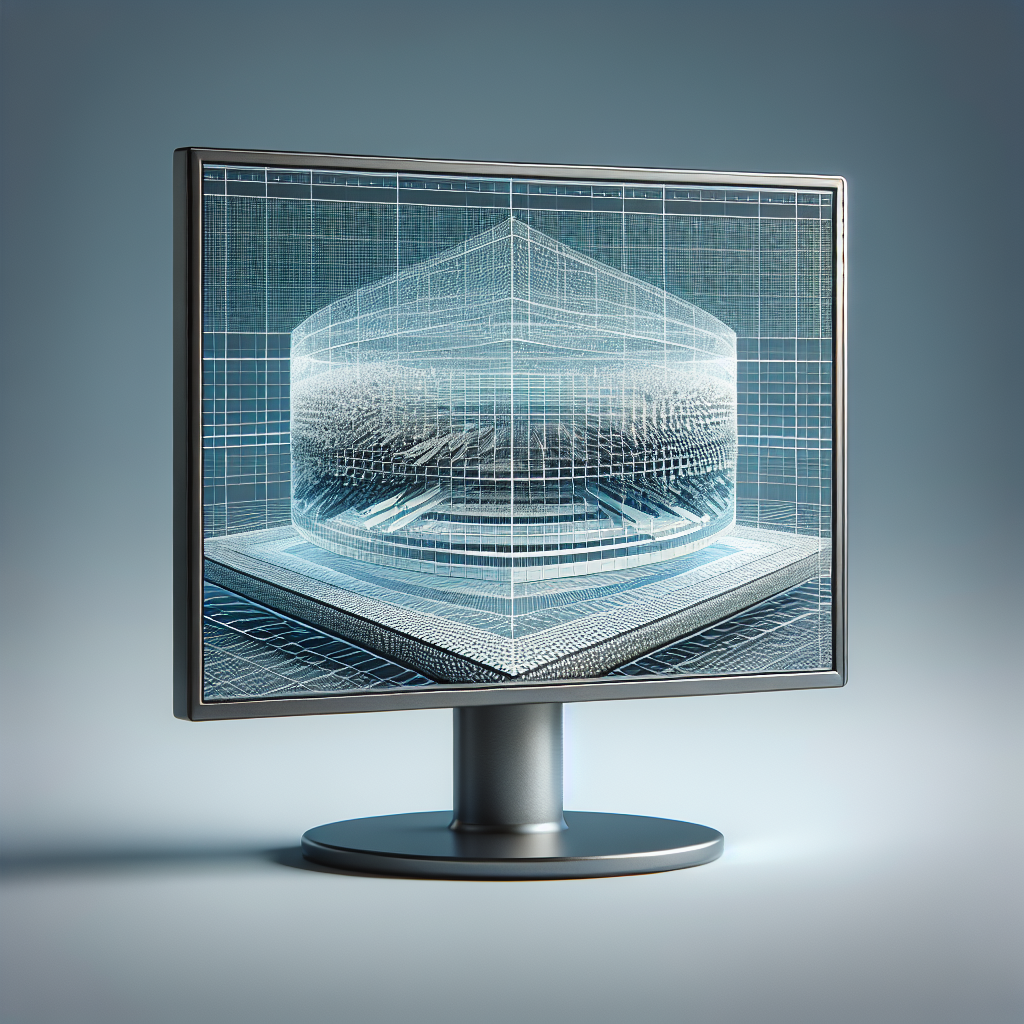When discussing display technology, especially LCD (Liquid Crystal Display) monitors, the term ‘native resolution’ frequently arises. Understanding what native resolution means and why it is crucial can significantly enhance your viewing experience, whether for gaming, content creation, or everyday use.
What is Native Resolution?
Native resolution refers to the fixed number of pixels that an LCD monitor is capable of displaying natively. Unlike older CRT monitors that can display different resolutions without degrading quality, LCD monitors have a set resolution at which they perform best. This resolution is known as the native or optimal resolution.
| Aspect Ratio | Common Resolutions |
|---|---|
| 4:3 | 1024×768, 1600×1200 |
| 16:9 | 1920×1080, 2560×1440 |
| 16:10 | 1680×1050, 1920×1200 |
| 21:9 | 2560×1080, 3440×1440 |
Understanding the Aspect Ratio
The aspect ratio is the proportional relationship between the width and height of the display. Here’s a deeper look at popular aspect ratios and their common resolutions:
- 4:3: Older monitors and some professional displays use this aspect ratio.
- 16:9: Widely used in modern monitors and televisions; ideal for video playback.
- 16:10: Popular with professional and high-resolution monitors, often used for productivity tasks.
- 21:9: Ultra-wide monitors are suitable for immersive gaming and multitasking scenarios.
Why is Native Resolution Important?
Using a monitor at its native resolution ensures maximum sharpness and clarity. When a display’s resolution is adjusted to non-native settings, it can cause a blur or fuzziness due to the interpolation of pixels. This is especially notable in text rendering and fine detail work.
Impact on Display Quality
- Clarity: Images and text appear sharper.
- Pixel Accuracy: Each pixel is used optimally without stretching or compression.
- Response Time: Faster response due to optimal pixel usage, crucial for gaming.
How to Check a Monitor’s Native Resolution?
Identifying the native resolution of your monitor can usually be done by checking the monitor’s manual or the specifications listed by the manufacturer. It can also be found in the display settings of your operating system.
Steps to Locate Native Resolution on Windows
- Right-click on the desktop and select ‘Display settings’.
- Scroll down to ‘Advanced display settings’.
- Here, you will see the native resolution marked as ‘Recommended’.
Steps to Locate Native Resolution on MacOS
- Open ‘System Preferences’ from the Apple menu.
- Click on ‘Displays’.
- Under the ‘Display’ tab, you will see the default resolution noted as ‘Default for display’.
Matching Device Resolution
It’s crucial to match the resolution settings of your device (like a computer or gaming console) to the native resolution of your monitor to achieve optimum display quality. Mismatches can result in poor image quality and possible strain on your eyes.
In summary, the native resolution of an LCD monitor plays a vital role in visual quality. Ensuring your display is set to the native resolution guarantees the sharpest, clearest picture, and a superior overall experience.

